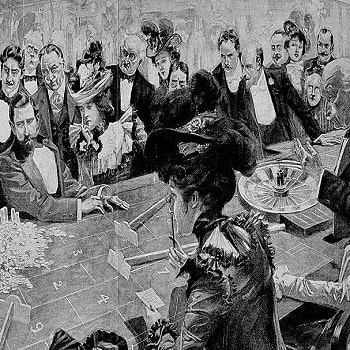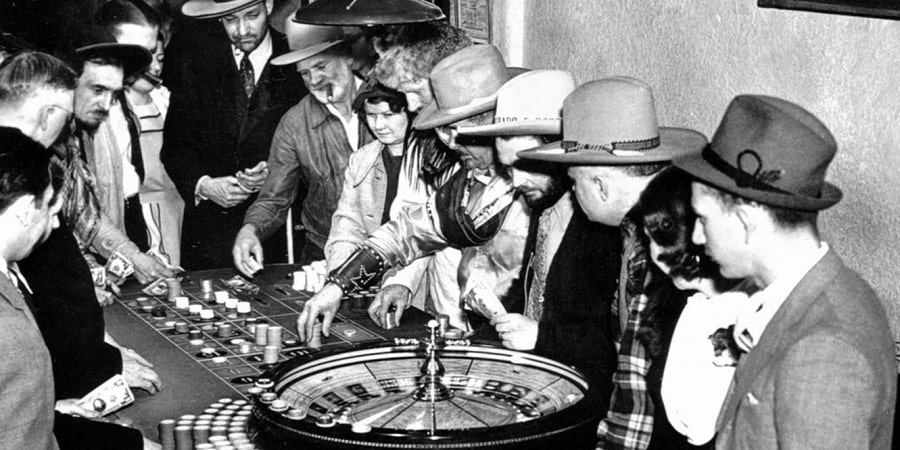History of roulette

Roulette is a game of chance with simple rules for the participants. They bet on certain numbers, and then the dealer rotates the wheel, which is divided into sectors, each of which is marked with one of those numbers. The sector on which the ball stops after spinning is the winner. There are 37 cells in total on the wheel, but they are not in order, but scattered. Besides, all the cells have different colours – black or red. The first one is usually red, then the colours alternate. But there is one exception – it is the ‘zero’ sector with the number 0. It is coloured green. Some versions of roulette have a double zero.
There are also other differences in the different versions of the game. For example, a European Roulette table is divided into three sectors. This is done so the players make their bets faster and the game becomes more dynamic. The American version of roulette has its own peculiar rules. One of them is the ability to bet on a combination of five numbers, including 0, 00, 1, 2, 3.
All versions of roulette have one thing in common: they are covertly nicknamed “the Ferris wheel” among the players. This is not only due to the fact that you can lose a lot of money playing roulette. The fact is that the sum of all the numbers on the wheel gives 666.
Who invented roulette?
There are a few versions of this. The most plausible version is that the game was invented by Blaise Pascal in the 17th century. Moreover, he got it by chance. Pascal was originally working on a scientific project, and he got roulette as a result of these works.

However, here we are talking about the now familiar version of roulette. But there were also prototypes of the game, which were played in other countries. We are talking about “Poli Poli”, “Ace of Hearts” and others. But it is the roulette from France that enjoys popularity even now.
The modern history of roulette began in 1796 in the French capital. A written mention of the game appeared in 1801 in a work by the writer Jacques Label. He describes a gambling wheel in the Palais Royal. However, at that time the rules of roulette were slightly different. Back then, the zero sector was coloured red or black. Only in the 19th century was it decided to turn it green to avoid confusion.
Gradually, roulette spread throughout Europe and became popular in almost all countries. Only a short time later, the game was brought to America, where its rules were slightly changed. Roulette fields became 28, the sector “zero” and the “American eagle” appeared. However, the latter change was not supported by the players. And soon the eagle disappeared from the playing field. This is largely due to the fact that the ball hit this sector very rarely, and the game participants almost never bet on it. So you could say that the American Eagle was removed because it wasn’t used.
In the 19th century, roulette became so popular that it appeared in all the gambling establishments in America and Europe. She became a real symbol of quality casinos. However, in the middle of the 19th century, gambling entertainment was banned in Germany. So those casinos that were able to do so moved to Monte Carlo. This led to the city eventually becoming the European centre of gambling entertainment. The development of American roulette began in New Orleans, and then the game began to spread to the west of the country. Interestingly, it was in the U.S. that cheating was first discovered, and then it became widespread. To combat cheating, the Americans decided to put a roulette wheel on the table. And this reduced the likelihood of cheating and also made the game more convenient.



